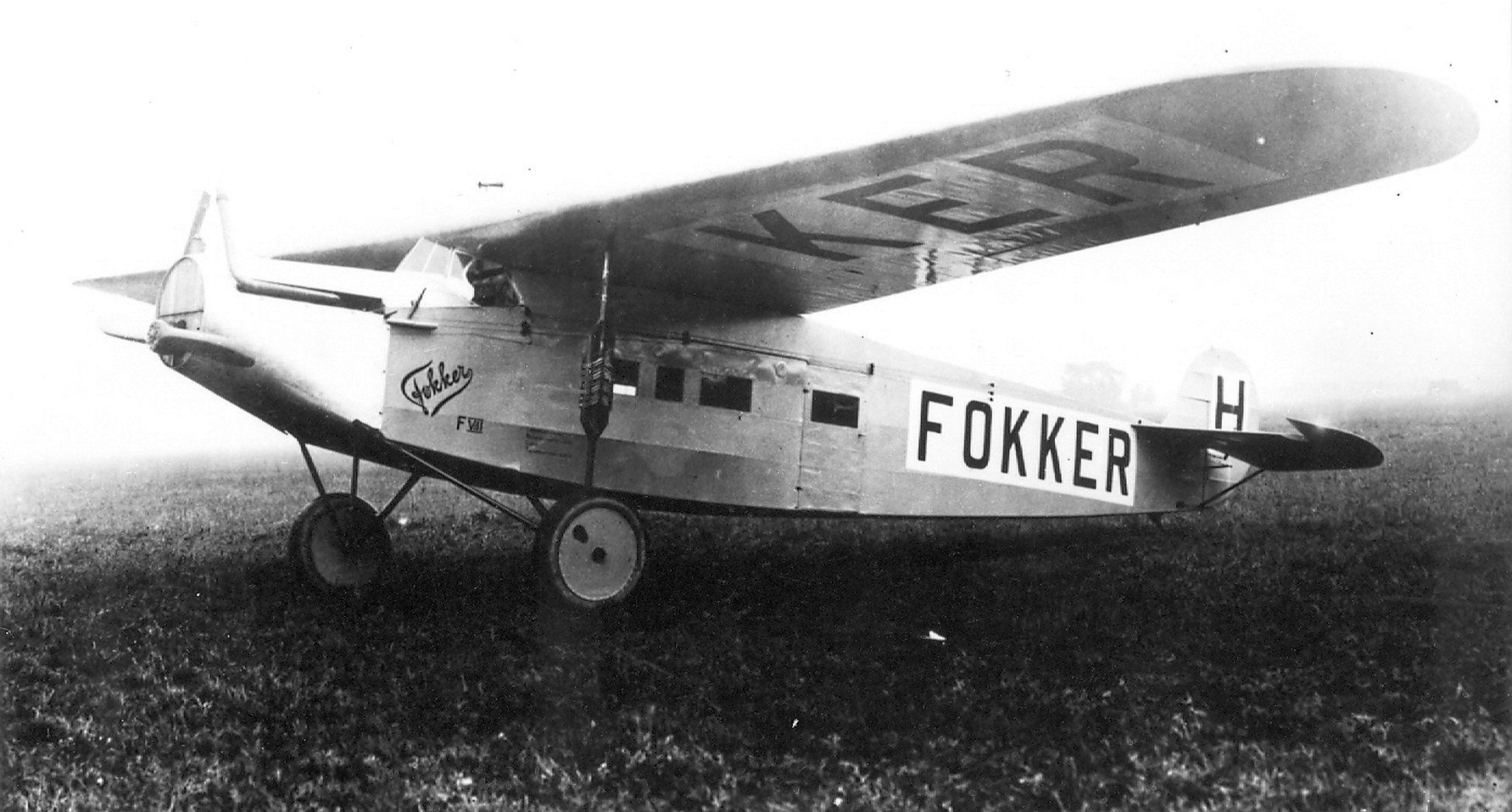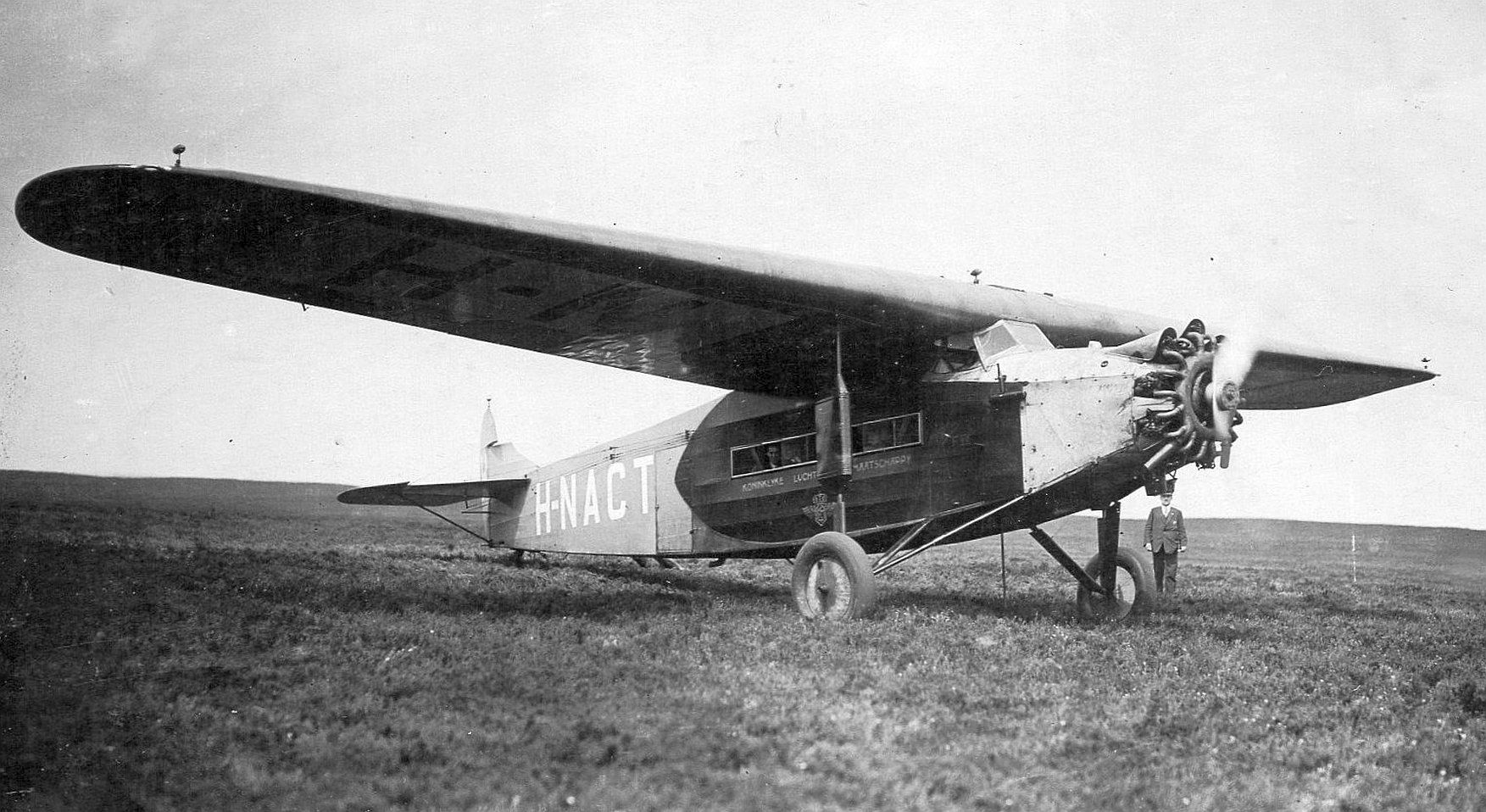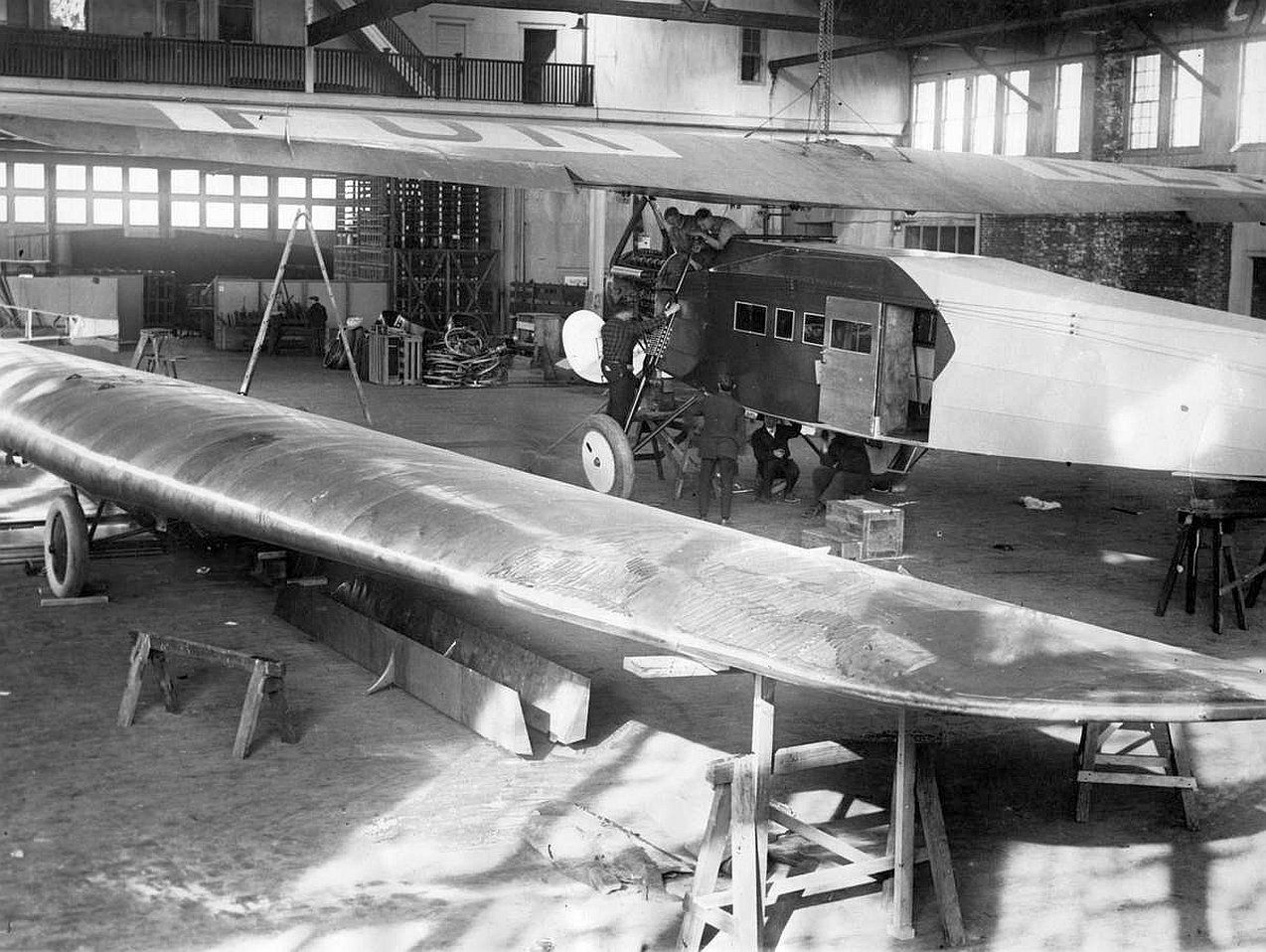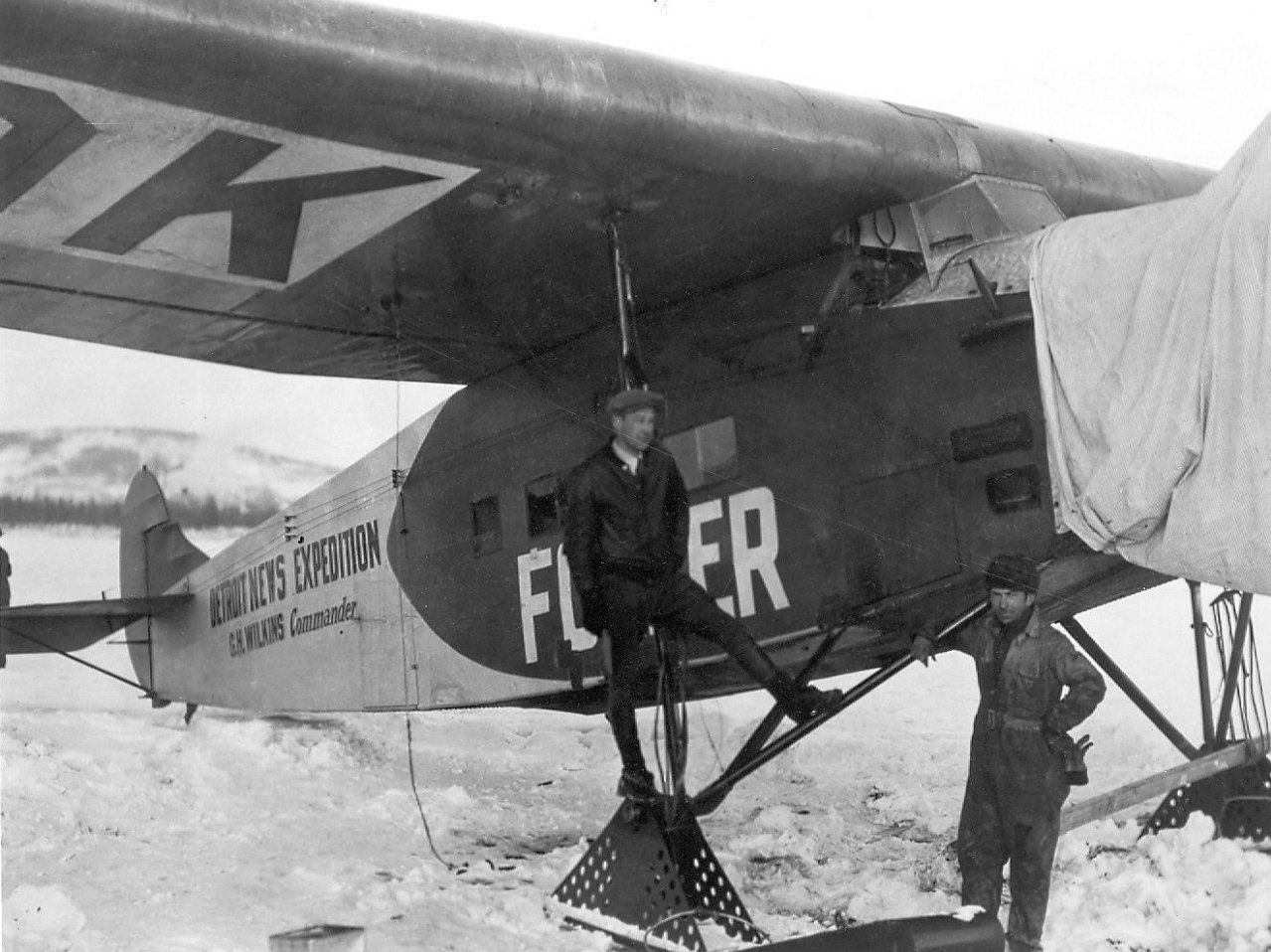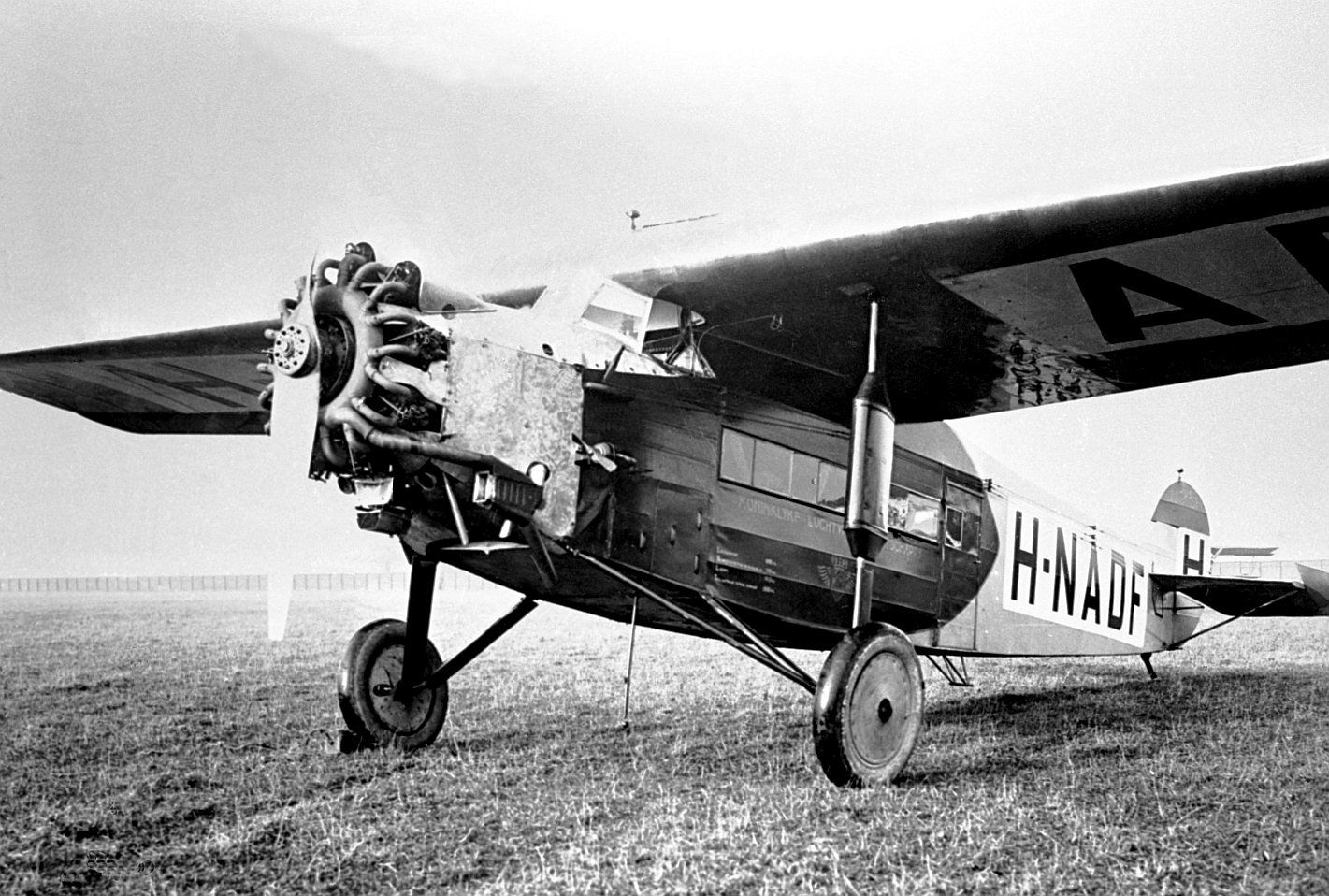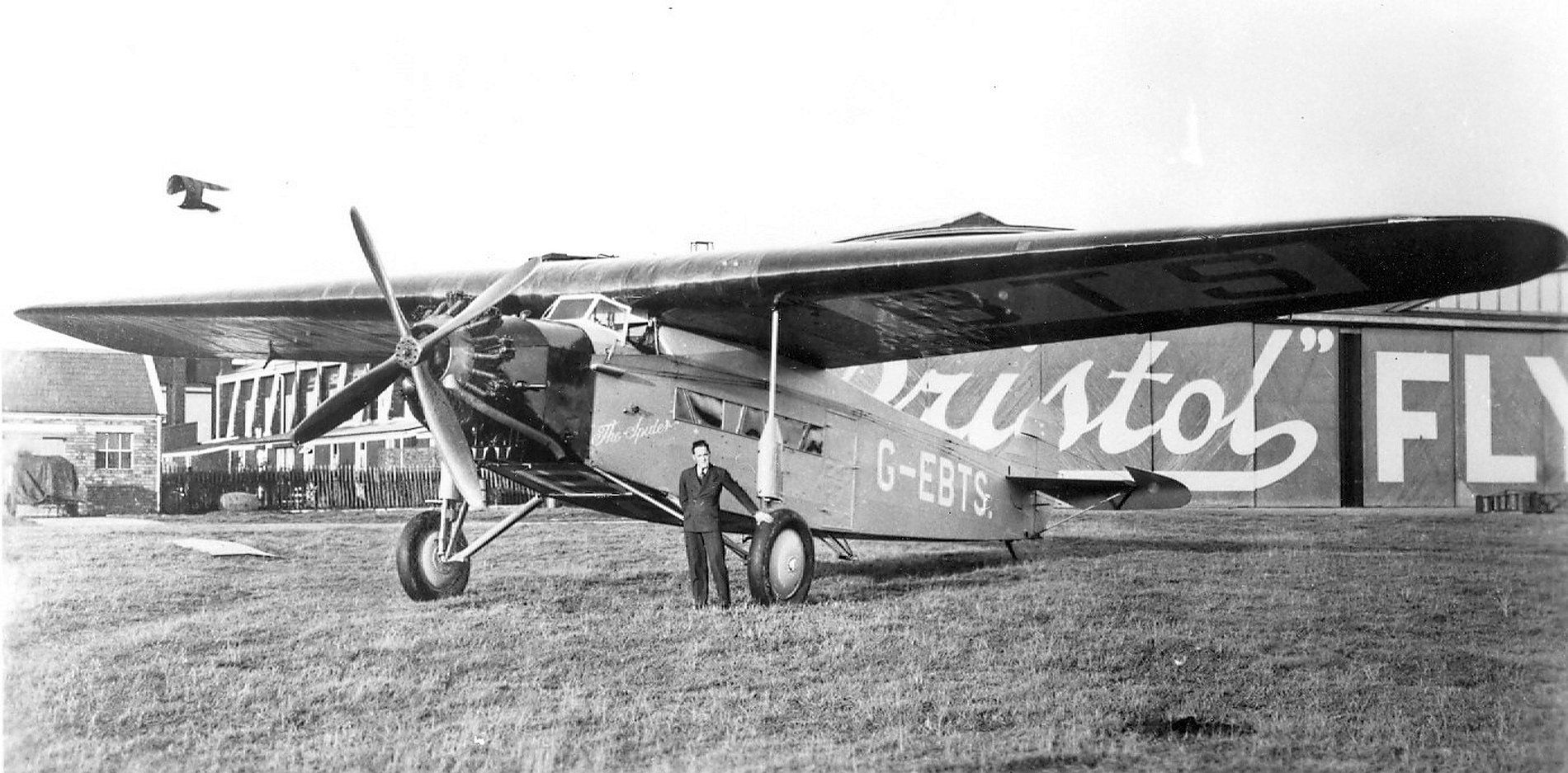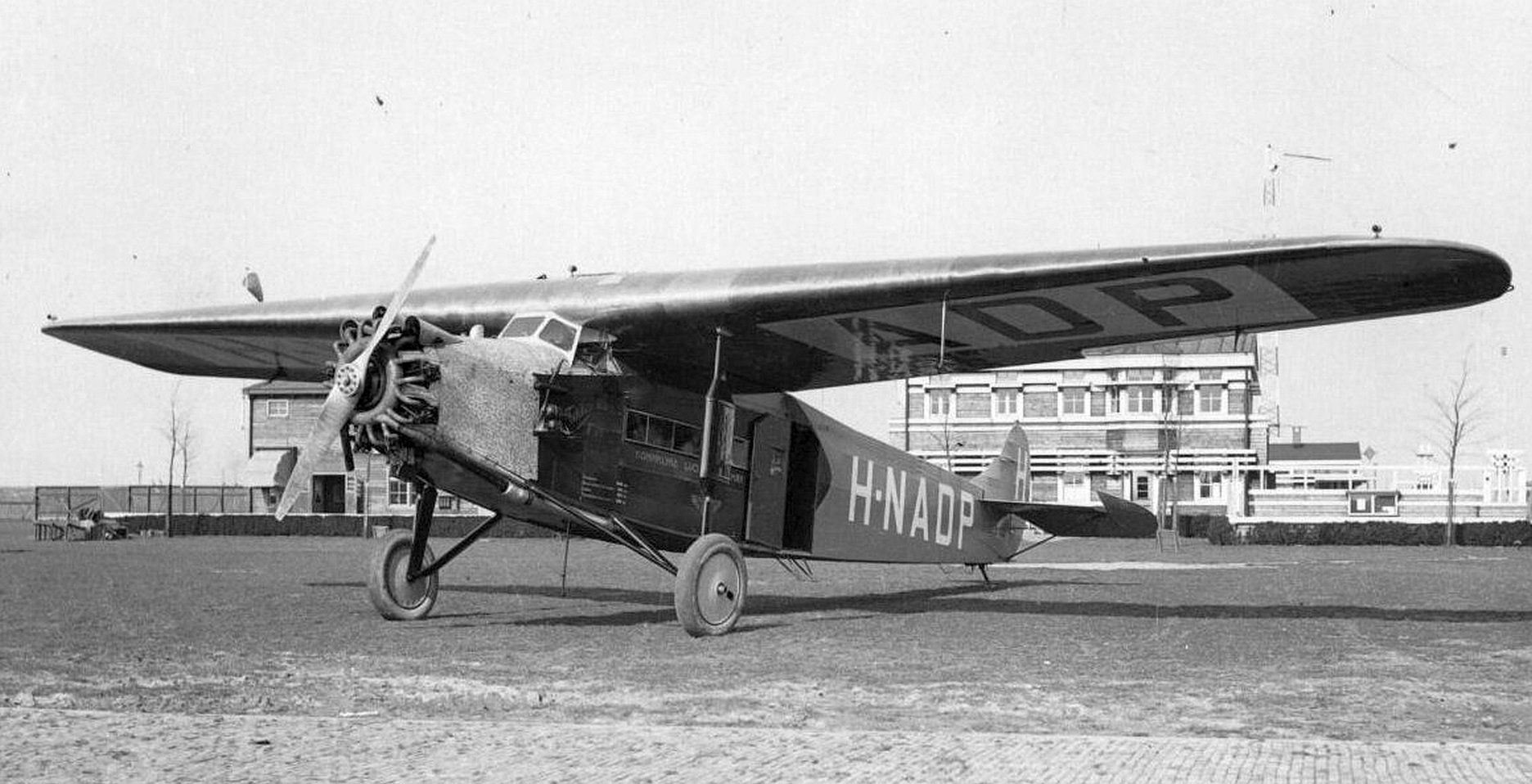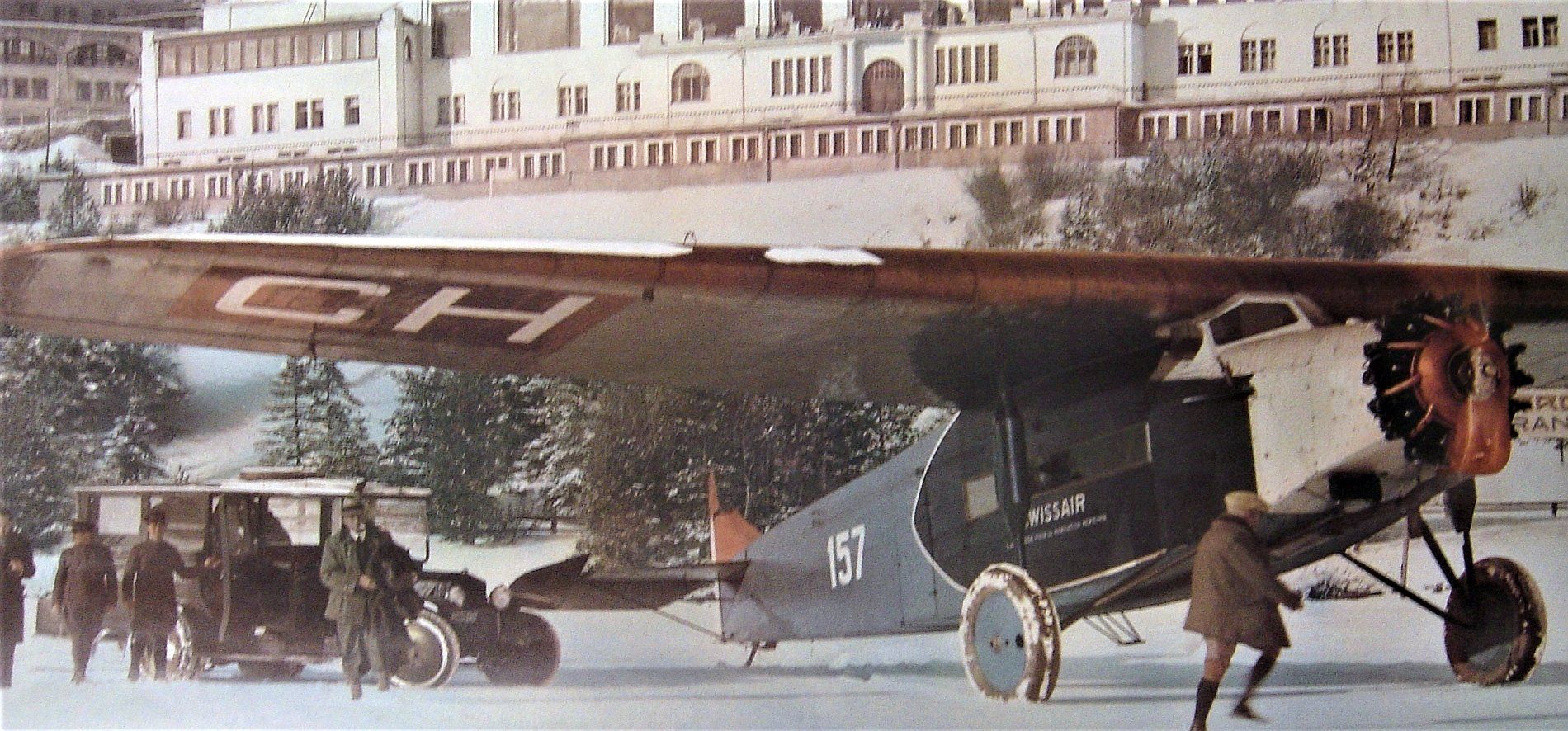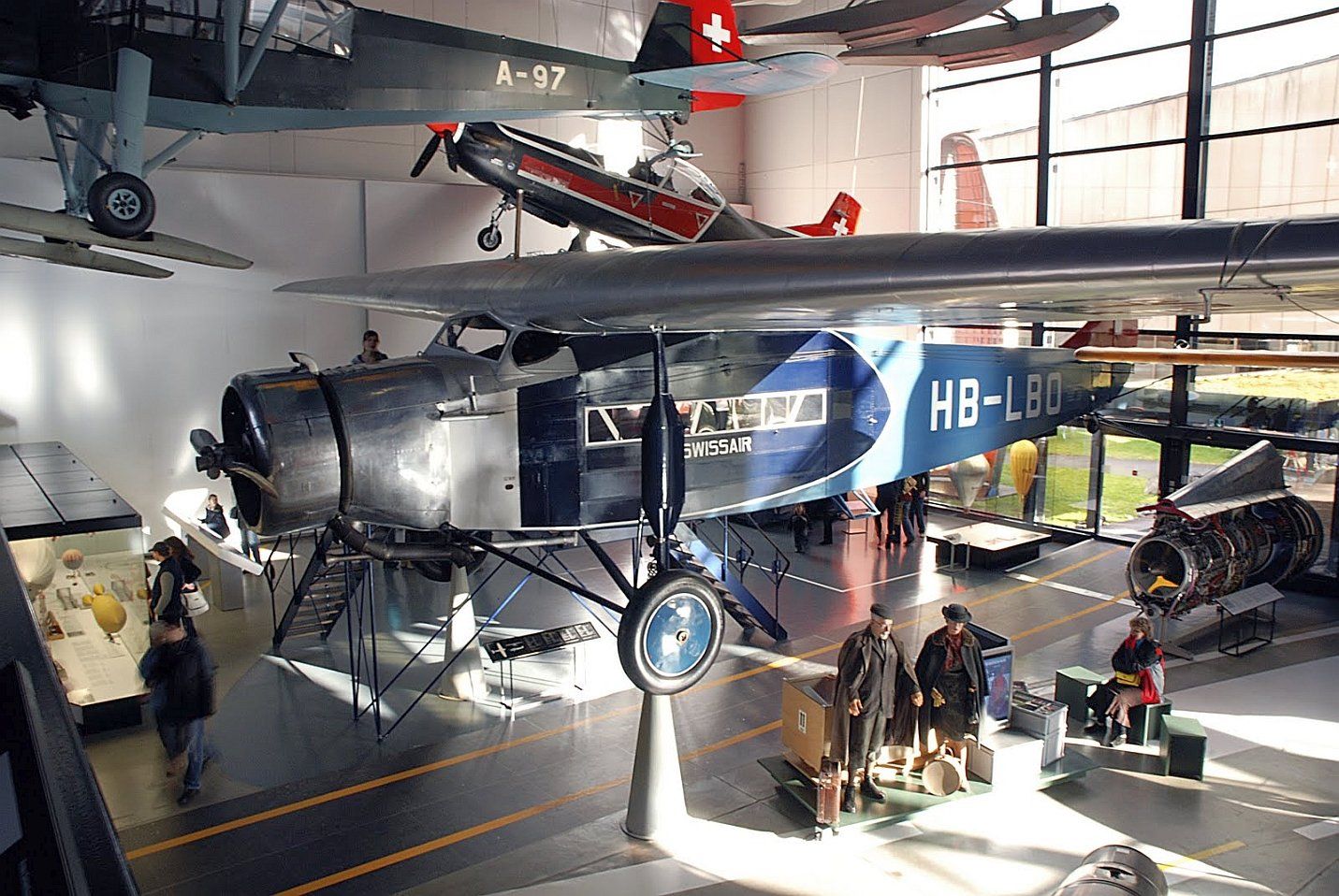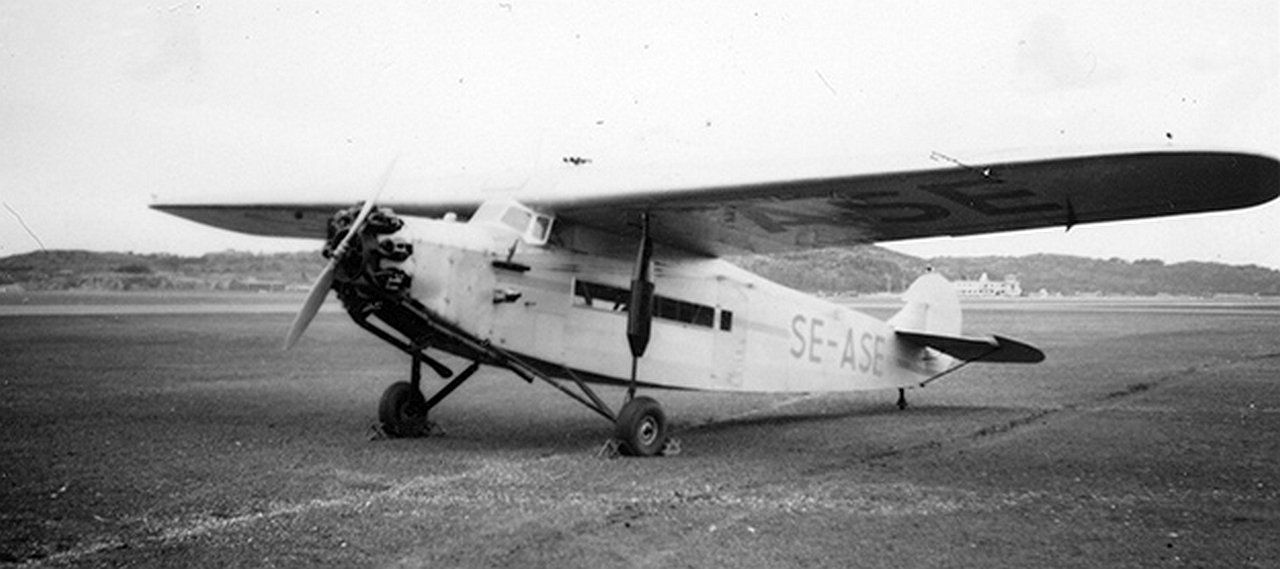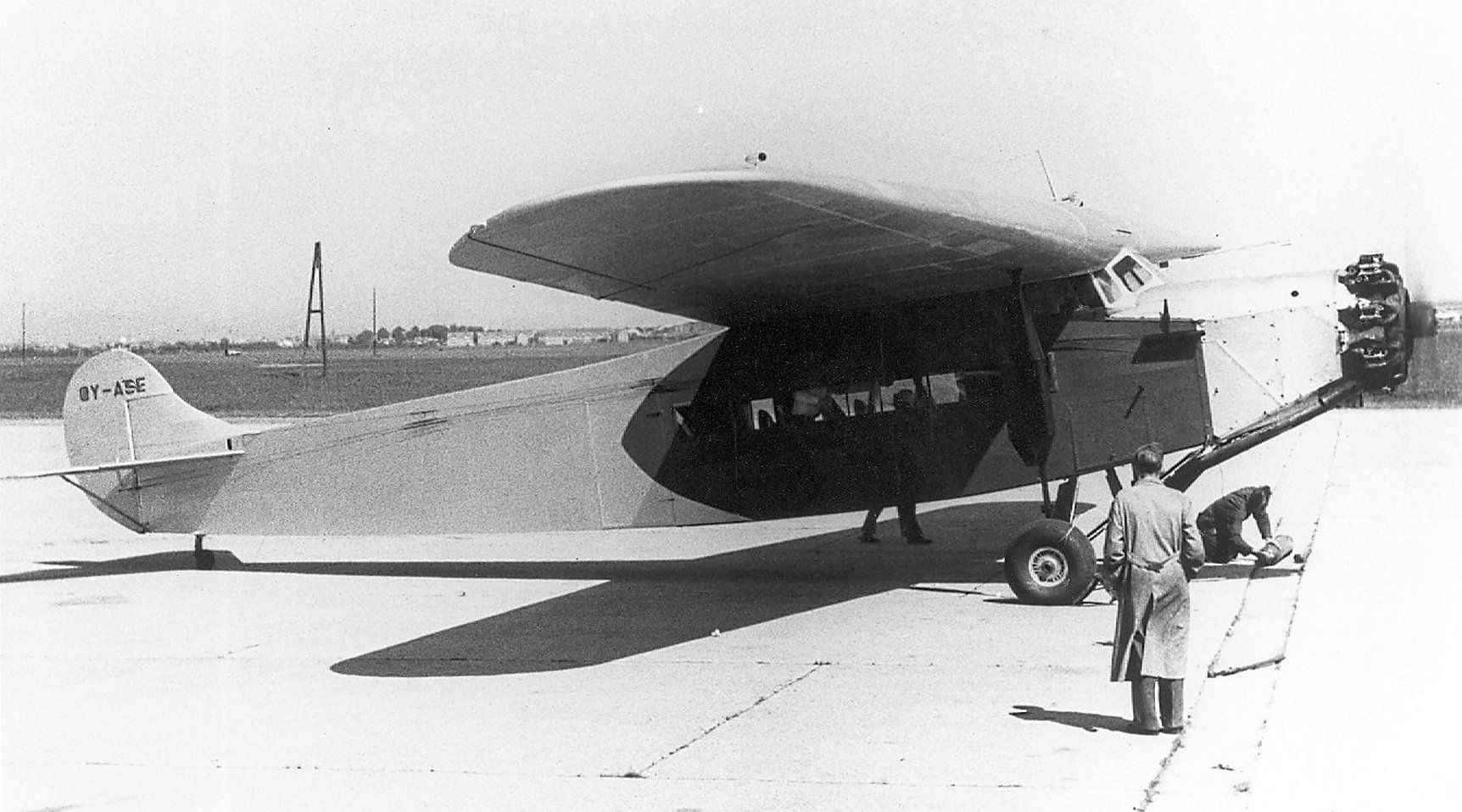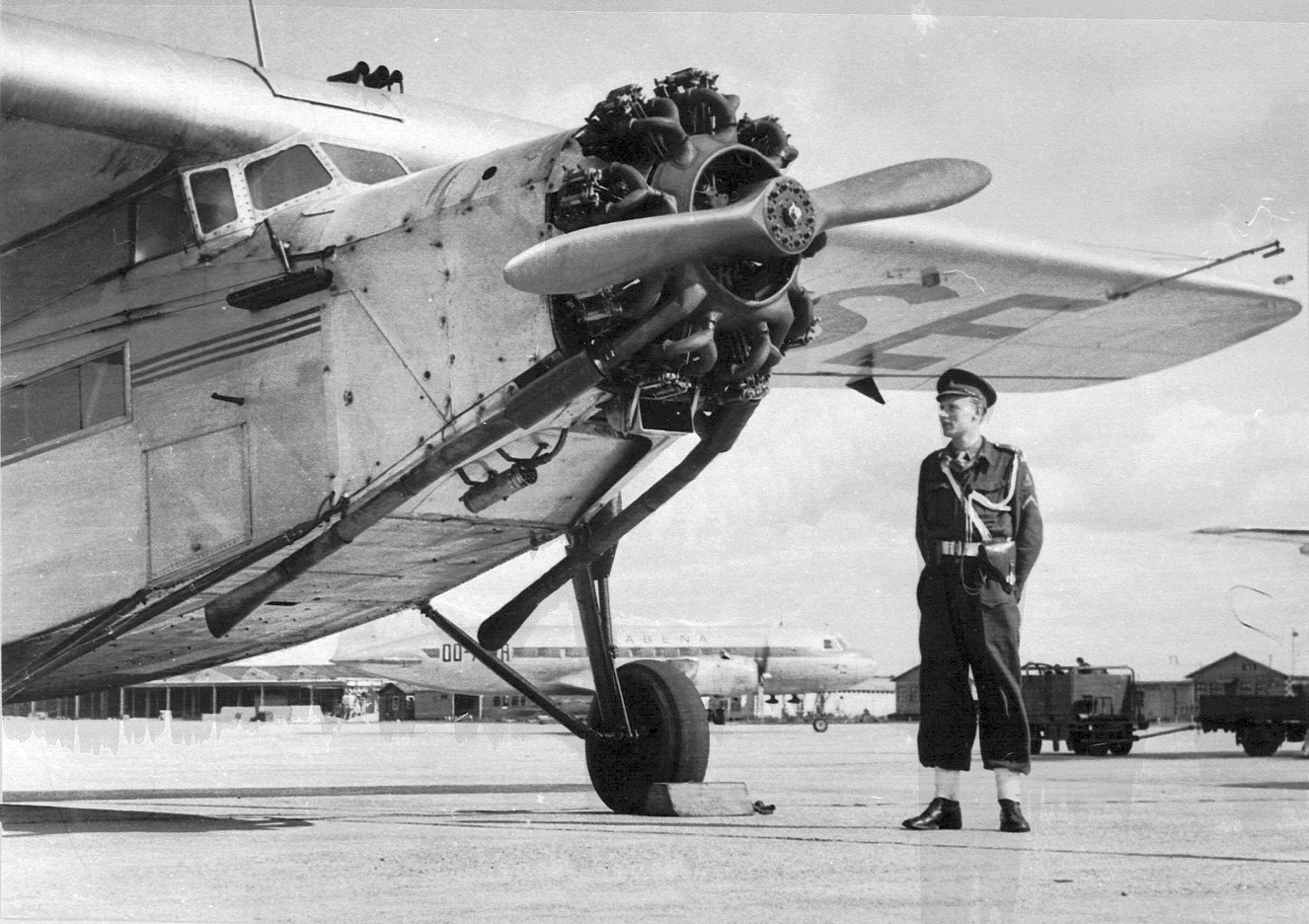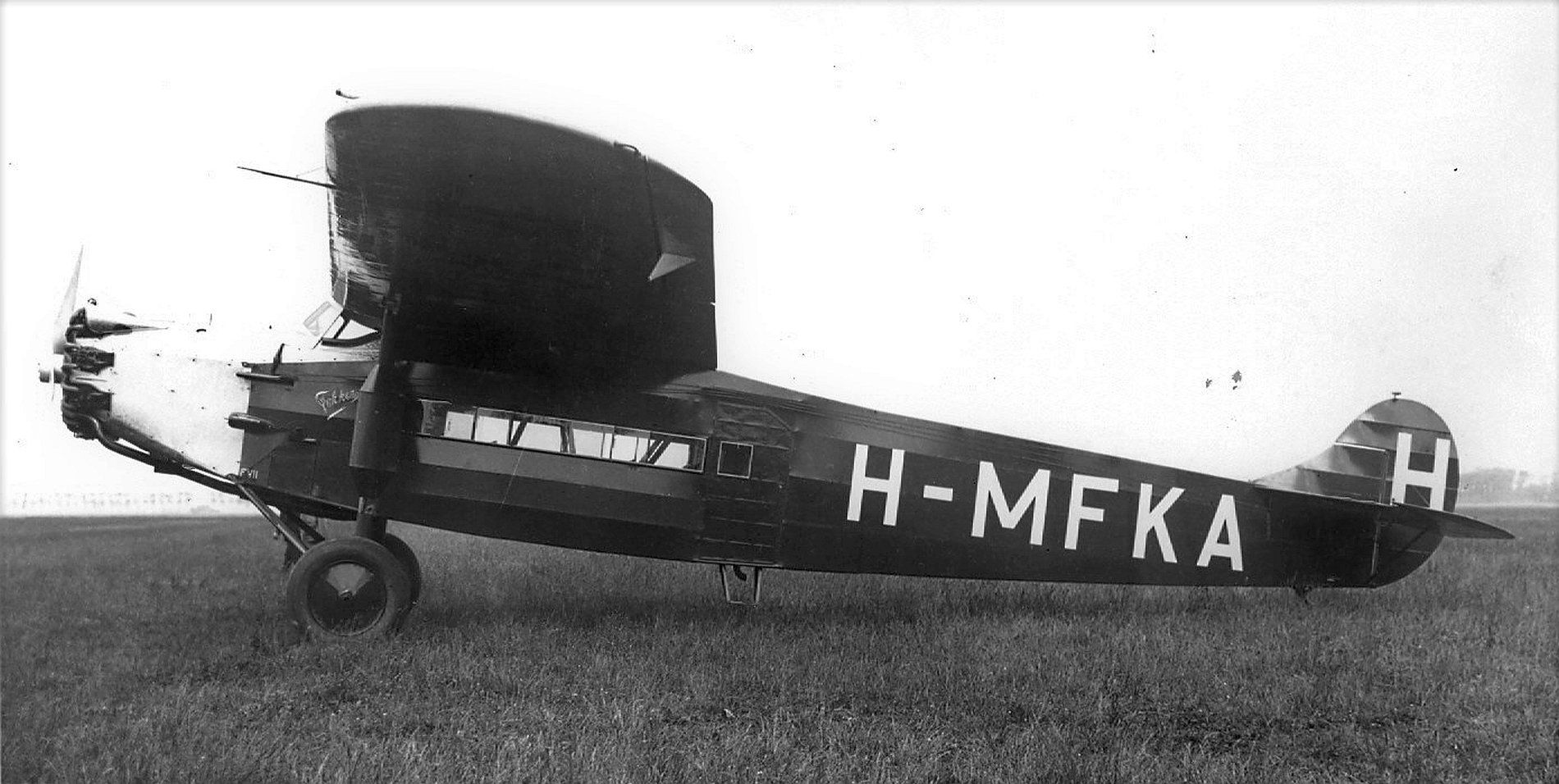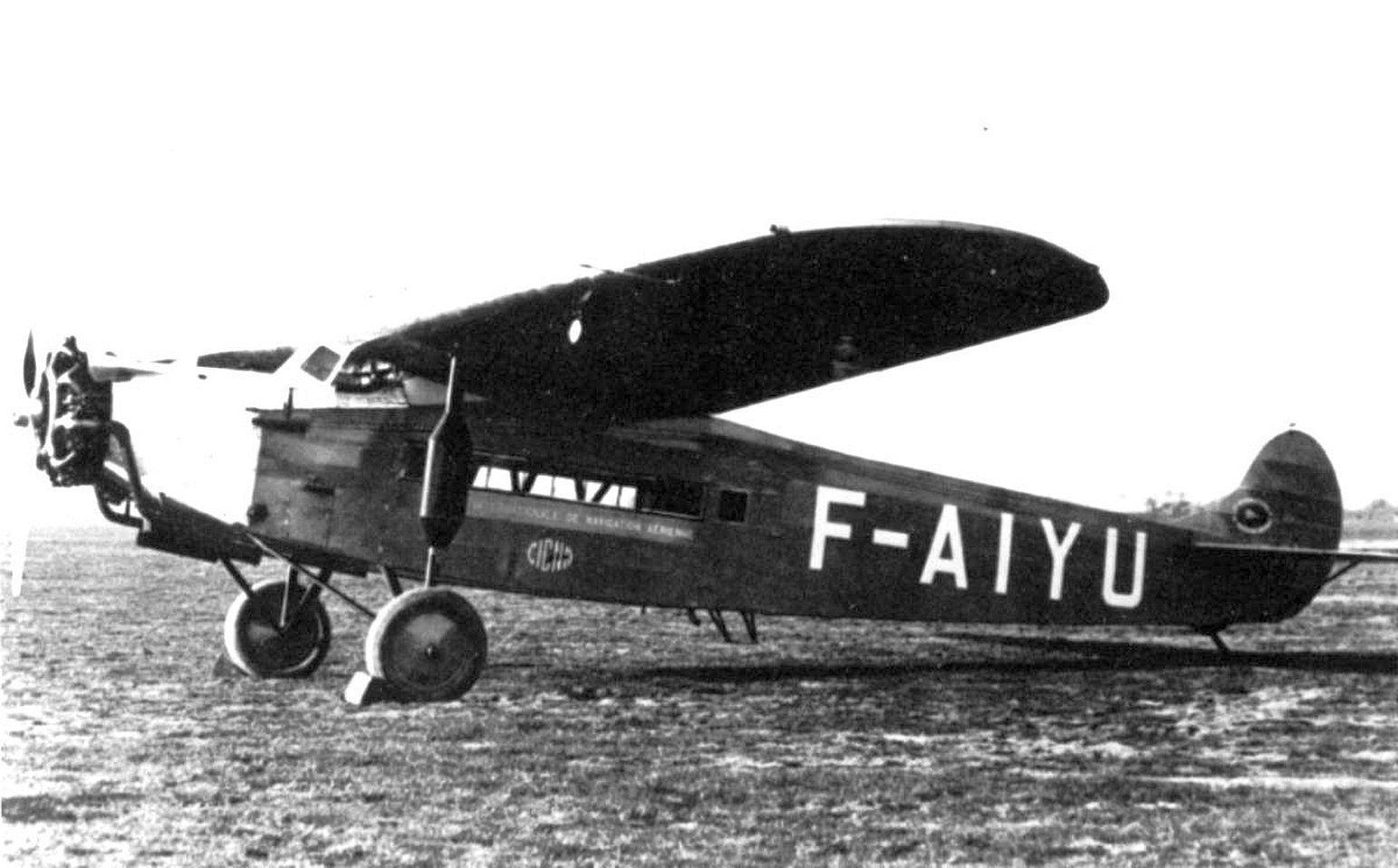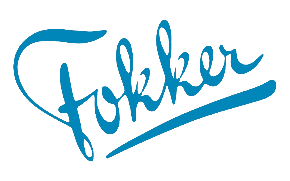Fokker F.VIIA
KLM director Albert Plesman once said to Anthony Fokker that he had five prototypes of the F.VII in his fleet, due to the many technical design alterations.
This prompted Fokker designers Rethel and Platz to process all the alterations in a new aircraft and thus the F.VIIA was born.
The largest alterations were:
• ailerons no longer protruded beyond the wingtip,
• landing gear was simplified and well suspended,
• adjustable stabilizer and
• increased capacity to eight passengers.
The prototype was equipped with a 420 hp water-cooled Packard Liberty V-12 engine.
The first flight took place on March 12th, 1925. The F.VIIA was delivered with a 440 hp. Bristol Jupiter radial engine as standard.
The Wright Cyclone and Lorraine Dietrich were alternative engines to the F.VIIA.
There were 36 F.VIIA’s aircraft built, of which, 11 went to KLM, dozens to other airlines, a number shipped to the USA, and some private individuals.
Trans ocean flights, record flights and expedition flights were conducted with the F.VIIA.
As with the F.VII, the F.VIIA also operated a flight to the Dutch East Indies.
A number of F.VIIA's were later converted to F.VIIA-3m. The F.VIIA-3m was built directly at Fokker.
Two F.VIIAs have been preserved; one in the Aviodrome in Lelystad and the other in the Verkehrshaus in Lucerne, Switzerland.
The fuselage of Hubert Wilkins's F.VIIA is preserved in a museum in North Dakota, USA.
Click on the photo to enlarge the photo


